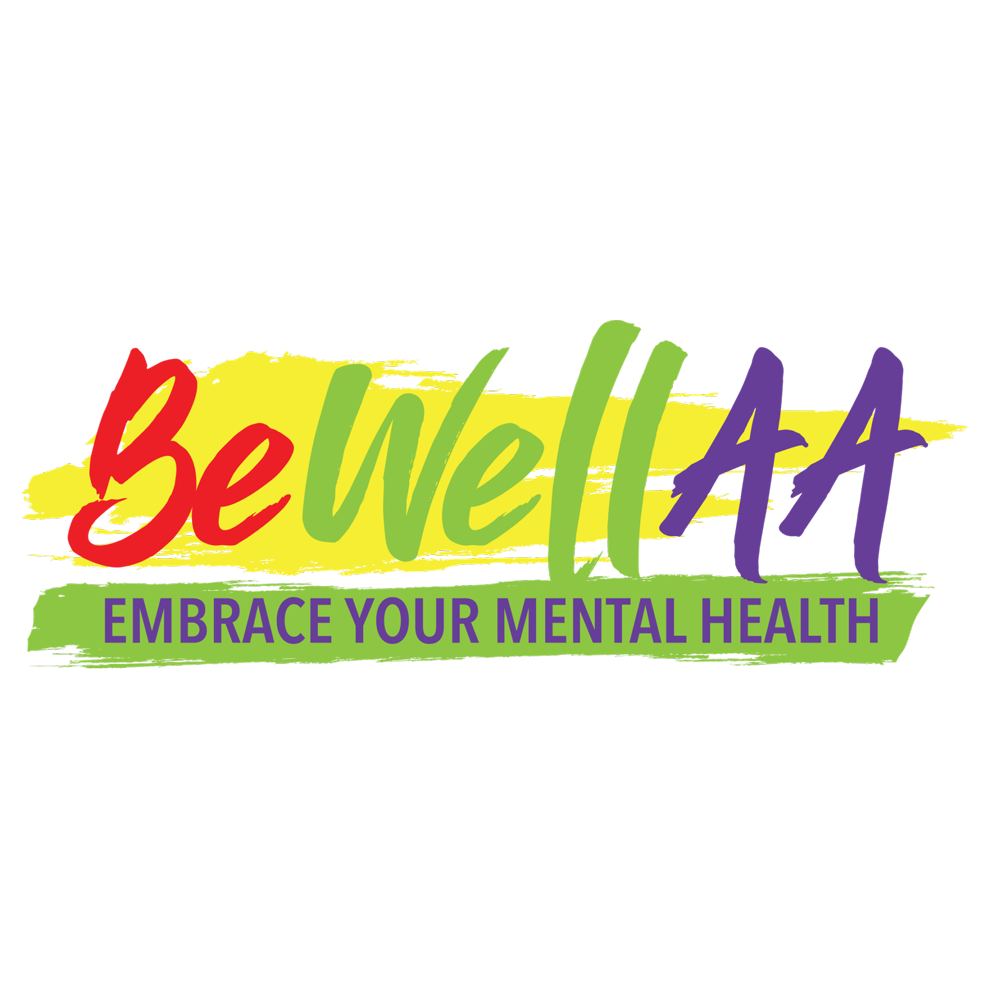8 Dimensions of Wellness
Emotional wellness refers to being aware of one's feelings and emotions, as well as having the ability to manage them effectively. Developing healthy coping skills and resiliency are important factors for healthy emotional wellness.
Examples of emotional wellness include:
- Seeking support through friends, family or counseling when needed
- Taking time for mindfulness and reflection
- The ability to recover from setbacks and challenges
- Finding moments of humor and laughter, even during times of stress
Occupational wellness covers things like how much you enjoy your job, balancing work and life, where your career is going, and how you're growing personally. It's all about finding meaning and purpose in what you do, and making sure you've got a good balance between work and personal stuff.
Examples of occupational wellness include:
- Creating healthy relationships within the work environment
- Participating in work that aligns with one’s values
- Setting realistic career goals
- Pursuing promotions and advancement opportunities
Intellectual wellness encompasses maintaining an active and stimulated mind, constantly engaging in lifelong learning, and actively seeking out new challenges to expand one's knowledge and skills. It involves nurturing a sense of curiosity and self-expression through various creative outlets. This state of wellness can be attained through both academic pursuits and personal interests.
Examples of intellectual wellness include:
- Engaging in healthy debates and making space to challenge your own thoughts and opinions
- Seeking out information about unfamiliar topics
- Learning about a different culture or language
- Developing a new hobby
Environmental wellness involves how we interact with the world around us, both natural and built. It's about feeling safe and supported by our surroundings. This includes everything from the great outdoors to the spaces we live and work in.
Examples of intellectual wellness include:
- Access to clean air, water and food
- Close proximity to outdoor spaces and opportunities to enjoy nature
- A living space free of unwanted clutter
- Taking time to unplug from electronic devices and screens
Financial wellness encompasses an individual's ability to maintain a stable income, save money, and manage debt responsibly. Understanding one's financial situation and having a plan to enhance it, if desired, plays a significant role in leading a healthy and balanced life.
Examples of financial wellness:
- Setting realistic budget goals to work within your income
- Assessing debt and creating a plan to tackle it
- Making small changes to set aside money for savings
- Meeting with a financial advisor
Social wellness involves building healthy and positive relationships with others and our community. It's all about participating in social activities, feeling like we belong, and knowing how to set healthy boundaries.
Examples of Social Wellness:
- Participating in events in your community or neighborhood
- Reaching out to trusted friends or family when you are sad or depressed instead of isolating
- Getting together with friends that you enjoy time with on a regular basis
- Being able to say no to social engagements you don’t want to participate in
Physical wellness involves maintaining your health and physical fitness through positive lifestyle decisions. This includes engaging in regular exercise, adopting a balanced diet, and effectively managing stress. Seeking appropriate healthcare when necessary and finding a balance between staying active and allowing for rest are also essential components of physical wellness.
- Engaging in exercise 30 minutes most days
- Choosing healthy foods most of the time
- Making preventative appointments, such as annual physicals and regular dentist visits
- Scheduling breaks into a hectic work schedule
Spiritual wellness refers to finding meaning and purpose in life, as well as exploring one’s own beliefs and values to connect to something greater than oneself. Individuals may find this connection in nature, community, faith or other spiritual outlets.
- Developing a mindfulness or meditation practice to center yourself in the present
- Reading books or articles that explore different aspects of spirituality
- Gathering with others that share your beliefs and values
- Cultivating a sense of gratitude towards yourself and others
For more resources about the 8 Dimensions of Wellness, visit the Substance Abuse and Mental Health Services Administration Step-by-Step Guide to Wellness or this short video.

